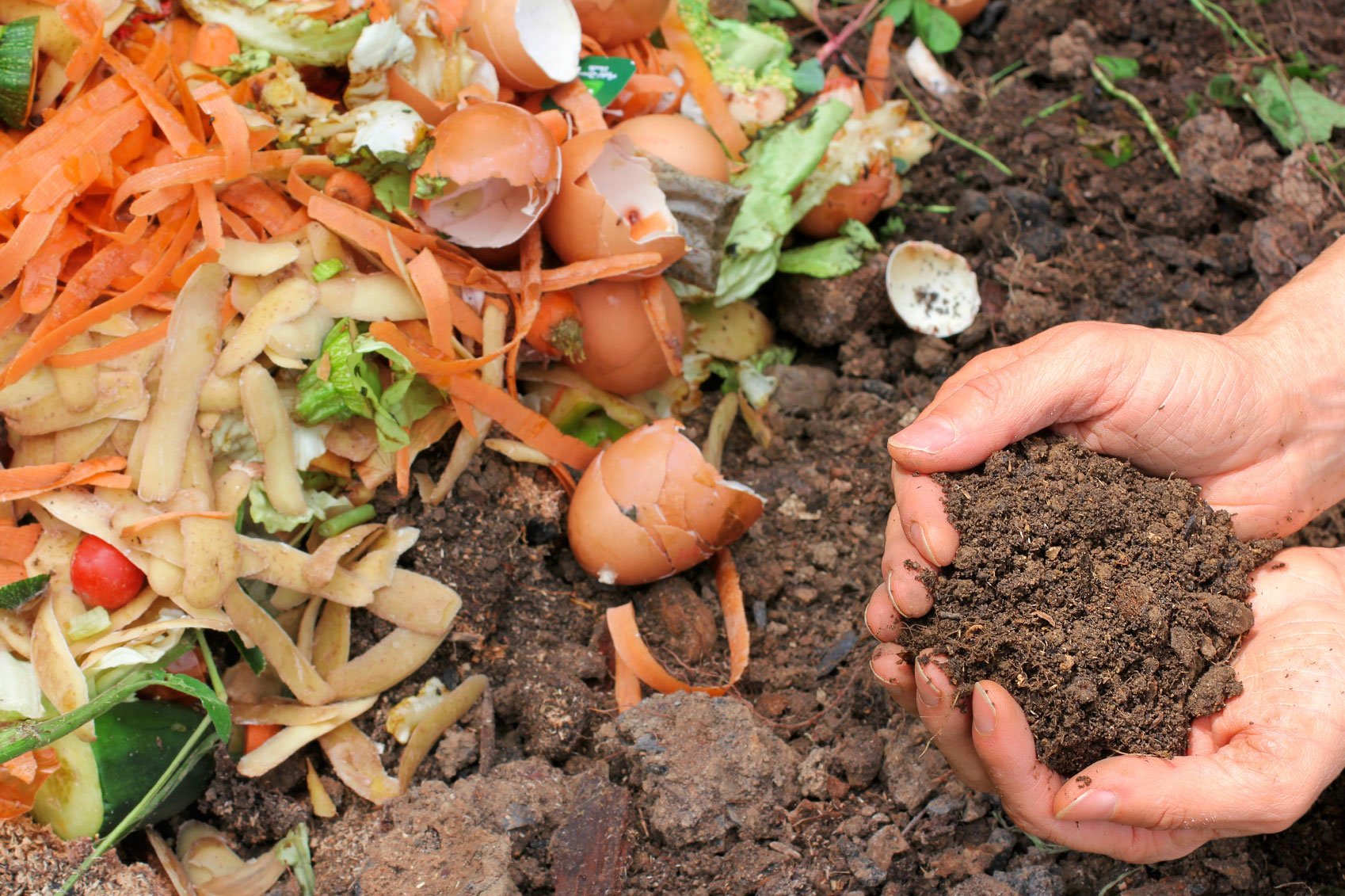Open the Perks of Red Wiggler Composting for Your Organic Garden
Open the Perks of Red Wiggler Composting for Your Organic Garden
Blog Article
Understanding the Benefits of Red Wiggler Composting: How This Effective Method Transforms Organic Waste Into Nutrient-Rich Dirt Amendments
Red Wiggler composting, employing the types Eisenia fetida, offers an engaging strategy to organic waste administration, transforming cooking area scraps and backyard particles right into important dirt modifications. This approach not just boosts dirt fertility but additionally addresses pressing ecological problems, consisting of garbage dump waste reduction and greenhouse gas exhausts.
What Are Red Wigglers?
Red wigglers, scientifically referred to as Eisenia fetida, are a species of earthworm that play an essential duty in vermicomposting systems. These worms are defined by their reddish-brown color, segmented bodies, and a distinctive ability to grow in organic-rich settings, making them perfect for composting applications - Red Wiggler Composting. Unlike their garden-dwelling equivalents, red wigglers like to occupy the top layers of soil, where decomposing matter is plentiful
Normally measuring in between 3 to 4 inches in length, red wigglers have a high reproductive rate, enabling them to multiply quickly under optimal conditions. They have an one-of-a-kind digestion system that enables them to process organic waste efficiently, transforming it right into nutrient-rich spreadings, which are very beneficial for plant growth.
Their resistance to differing wetness levels and temperature ranges better boosts their energy in vermicomposting arrangements, making them a preferred selection among composting lovers. In addition, red wigglers are cardio microorganisms, which necessitates a well-aerated composting atmosphere, making certain efficient decay. Comprehending the biological characteristics and behaviors of red wigglers is essential for enhancing their use in sustainable waste management techniques.

Advantages of Vermicomposting
Utilizing the power of vermicomposting offers a multitude of environmental and agricultural advantages. To start with, it dramatically lowers natural waste in land fills, thus minimizing methane discharges, a powerful greenhouse gas. By diverting food scraps and lawn waste to vermicomposting, we sustain a more sustainable waste administration system.
Furthermore, vermicomposting enhances dirt health and wellness. The castings created by red wigglers are abundant in vital nutrients, germs, and enzymes, boosting dirt structure and fertility. This nutrient-rich modification advertises robust plant development and boosts water retention, reducing the need for chemical plant foods.
In addition, vermicomposting fosters biodiversity in the soil environment. The intro of advantageous bacteria from worm spreadings aids in disease reductions and nutrient cycling, creating a healthier environment for plants.
Financially, vermicomposting decreases the expenses related to chemical inputs and waste disposal. Farmers and garden enthusiasts can grow premium produce at lower expenses, adding to food safety and sustainability.
Exactly How to Start Composting
Starting a composting endeavor can be a rewarding and simple procedure. To begin, choose an ideal place that is well-drained and receives partial sunlight. This will certainly aid preserve a balanced temperature, important for the composting procedure. Next, select a compost bin or produce an assigned location in your garden, guaranteeing it is easily accessible for adding materials and gathering garden compost.
Gather natural materials such as kitchen scraps, lawn waste, and shredded paper. Objective for a balanced mix of 'green' materials, high in nitrogen (e.g., fruit scraps, coffee premises), and 'brown' materials, rich in carbon (e.g., dried leaves, cardboard) A ratio of approximately 2:1 green to brownish materials is excellent.
Begin layering your products, making certain sufficient air blood circulation by transforming the heap regularly. This promotes aerobic decay, speeding up and lowering smells up the process. Display dampness degrees; the garden compost needs to seem like a damp sponge however not extremely damp.
Nutrient Profile of Vermicompost
Composting, especially with red wigglers, produces a nutrient-rich item known as vermicompost. In click over here addition, it gives trace elements like calcium, iron, and magnesium, cultivating durable plant growth and boosting dirt health.
The microbial activity existing in vermicompost better enriches its profile, presenting advantageous germs and fungi that advertise nutrition schedule and uptake in plants. This biological element help in suppressing plant diseases and improving dirt framework, resulting in improved water retention and aeration.

Ecological Effect of Composting
The environmental influence of composting, especially via the usage of red wigglers, is multifaceted and extensive. This approach substantially decreases the quantity of organic waste sent to land fills, which in turn minimizes greenhouse gas discharges, particularly methane-- a potent contributor to climate adjustment. By drawing away natural products from land fills, red wiggler composting not just assists mitigate ecological degradation however likewise promotes lasting waste management methods.

Additionally, composting contributes to carbon sequestration, as the procedure captures co2 from the atmosphere and shops it in the dirt. This all-natural procedure aids in combating climate change while enriching the dirt - Red Wiggler Composting. On the whole, red wiggler composting provides a sensible, environment-friendly option for waste monitoring and environmental sustainability, advertising much healthier communities and a more sustainable future
Final Thought
In conclusion, Red Wiggler composting official site serves as a reliable method for transforming natural waste into beneficial dirt modifications. The procedure not only improves soil fertility and framework however likewise mitigates ecological problems linked with waste disposal.
Red Wiggler read here composting, using the species Eisenia fetida, offers an engaging method to organic waste administration, converting kitchen area scraps and backyard debris into important soil modifications. Unlike their garden-dwelling equivalents, red wigglers like to populate the upper layers of dirt, where rotting matter is abundant.
The spreadings produced by red wigglers are rich in vital nutrients, microbes, and enzymes, improving soil structure and fertility. The nutrient-rich byproducts of red wiggler activity enhance dirt structure, boost water retention, and advertise biodiversity within the soil ecosystem.In final thought, Red Wiggler composting offers as a reliable technique for converting organic waste right into useful soil changes.
Report this page